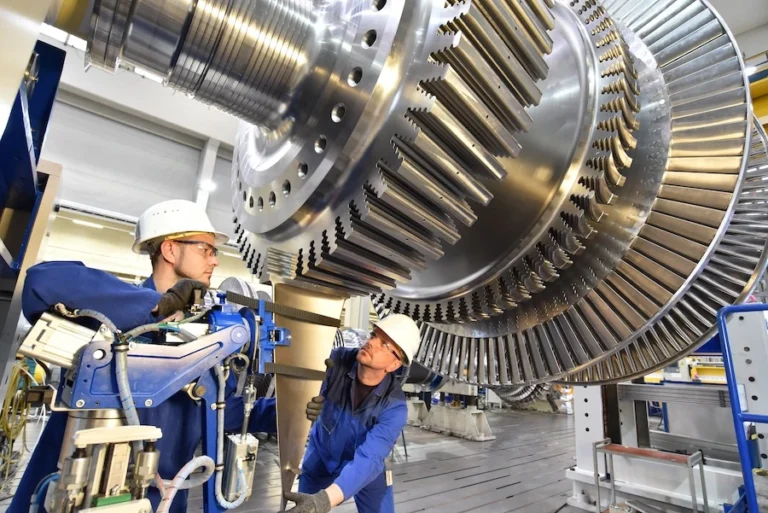If you run a small business you’ll already have a lot on your plate. With fewer staff, it’s likely that you have to do more of the day to day legwork yourself. If things go wrong it’s more likely to be your own money on the line. With so much to worry about, you’d be forgiven for ignoring the possibility of applying for R&D Tax Credits. It takes ages, the eventual savings are small and you’re probably not even eligible, right? Wrong. While there is an element of truth to some of these concerns, all of these problems are easily solved, especially with our help. Let’s break them down one by one.
Am I eligible?
There is a common misconception that R&D Tax Credits are only for companies working in high tech scientific industries. As Mark Tighe from This is Money recently put it ‘research and development conjures up images of serious-looking men and women sporting white coats moving silently around austere laboratories.’
This assumption is completely false. In fact, it is estimated that around 40% of UK businesses are engaged in the kind of innovation that could make them eligible for Tax Relief. The HMRC defines R&D as “a project seeks to achieve an advance in overall knowledge or capability in a field of science or technology.”
To put it simply, if your business is trying to solve problems using technology you could be eligible. The eventual success or failure of the project doesn’t matter as long as you are making an honest attempt to innovate. In fact, ‘uncertainty’ is one of the government’s requirements, so the project must have an element of risk in order to count as R&D.
Can smaller businesses apply?
Absolutely. In fact, 80% of R&D claims in 2014-15 came from SMEs. The government is so keen to encourage smaller businesses to apply that it released a document entitled ‘Making R&D easier for smaller companies’ which contains many useful tips for SMEs.
For the purposes of Tax Relief, an SME is defined as a company with less than 500 employees and a turnover or balance sheet less than £86 million.
How much money could I save?
To put it bluntly, lots. The average payout is currently around £50,000. The SME scheme can be especially lucrative as, in 2015, the government raised the allowable tax relief for smaller businesses to 230% of R&D spending. This means that for every £100 spent on R&D, an SME could potentially claim £230 in Tax Relief. This is significantly more than the possible claim for large companies, which currently stands at 8.8p for every £1 spent on R&D.
With so much money at stake, it’s hard to believe that so few companies take advantage. As Rebecca Burn-Callander put it, somewhat incredulously, in The Telegraph last year, ‘There’s a pot of free money sitting there for the nation’s small businesses, and most of it is completely untouched.’
Does it take a lot of work?
There’s no getting away from it: Tax Relief applications can be complicated and time-consuming. You will need to show detailed records to prove your eligibility. We know that for a smaller company with limited staff, you might simply not have the resources to do this. That’s where we come in. GrantTree will guide you through the process and take care of the complicated parts, allowing you to get back to work as soon as possible. We can even advance you 50% of the value of your claim within 48 hours of receiving your application.
Get in touch today and let us help your small business make some big savings.






